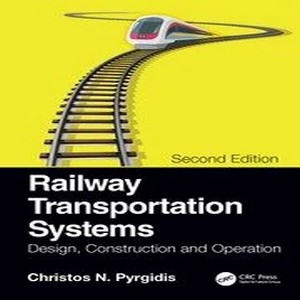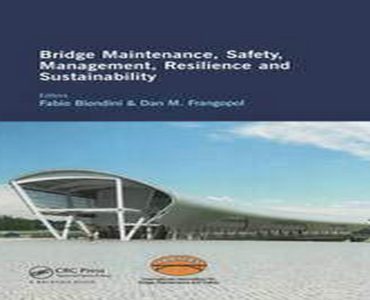Railway transportation systems: Design, Construction and Operation
Railway transportation systems covers the entire range of railway passenger systems, from conventional and high-speed intercity systems to suburban, regional, operating on steep gradients, and urban ones.
Railway transportation systems also examines in depth freight railway systems transporting conventional loads, heavy loads, and dangerous goods.
For each system, Railway transportation systems provides a definition; an overview of its evolution and examples of good practice; the main design, construction, and operational characteristics; and the preconditions for its selection.
Additionally, it offers a general overview of safety, interfaces with the environment, forces acting on the track, and techniques that govern the stability and guidance of railway vehicles.
This new edition brings two new chapters. One concerns pre-feasibility studies of urban rail projects, and the other analyses the operation of railway systems under specific weather conditions and natural phenomena.
New material examines dilemmas, trends and innovations in rail freight transportation; a new definition for high-speed rail; a number of case studies; and an update of cutting-edge technologies.
It is ideal for graduate students, engineers, consultants, manufacturers, and transport company executives who need a reference and guide.
The development of railway technology reached an early peak and then was found to be in question.
During the past decade it has not only managed to rise again, but also be on the cutting edge of technology in many countries.





Reviews
There are no reviews yet.